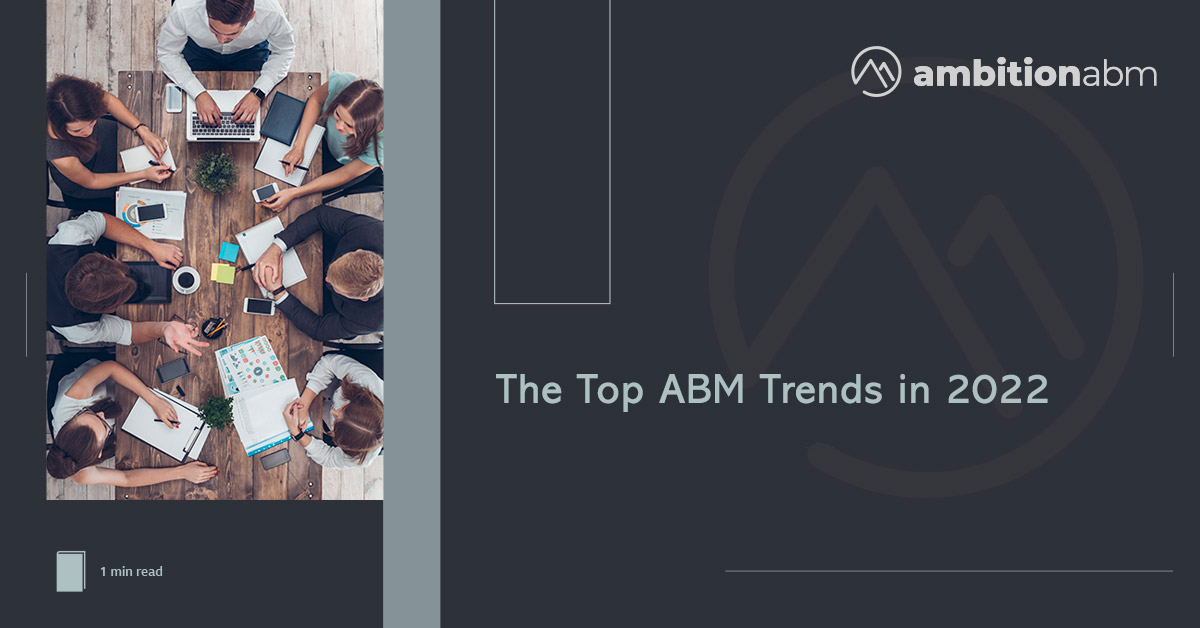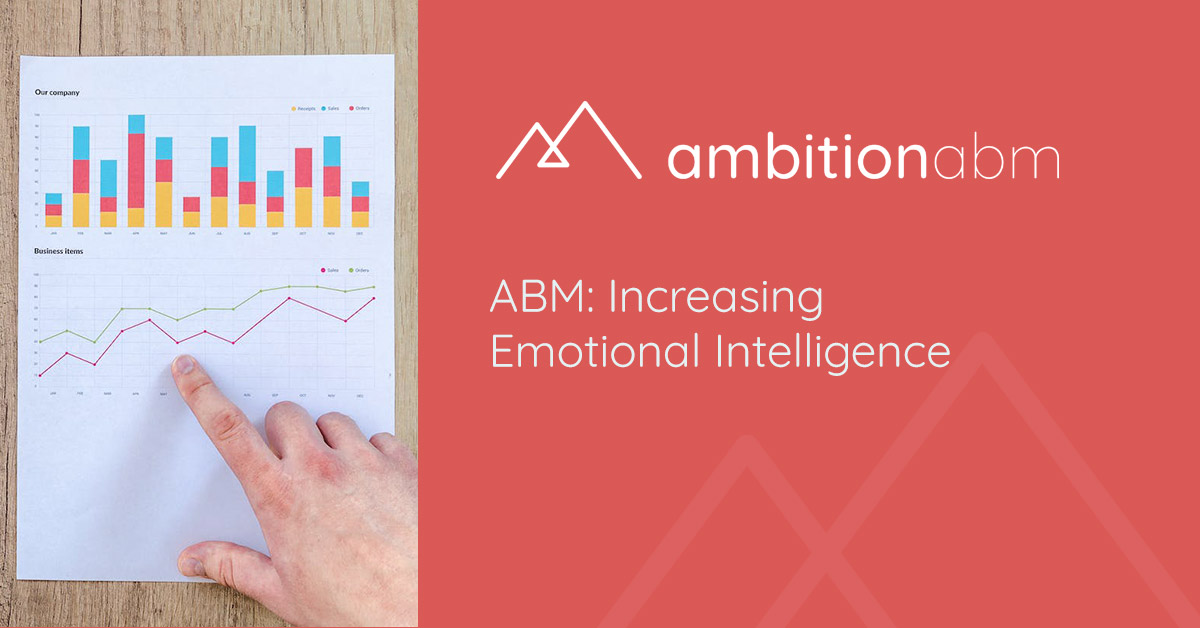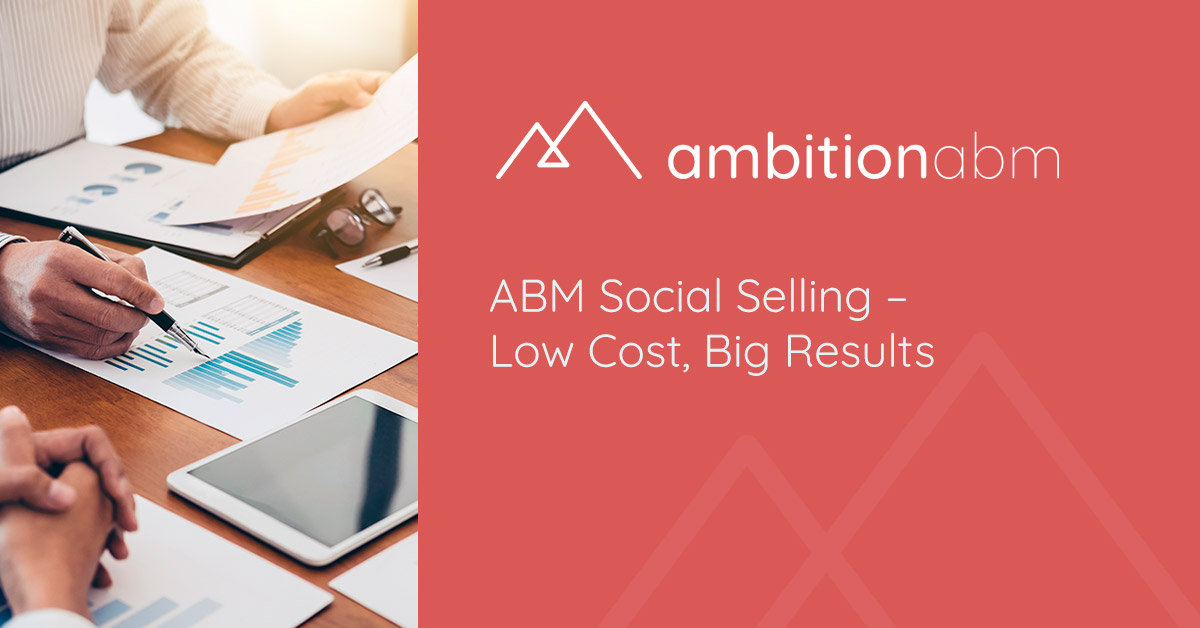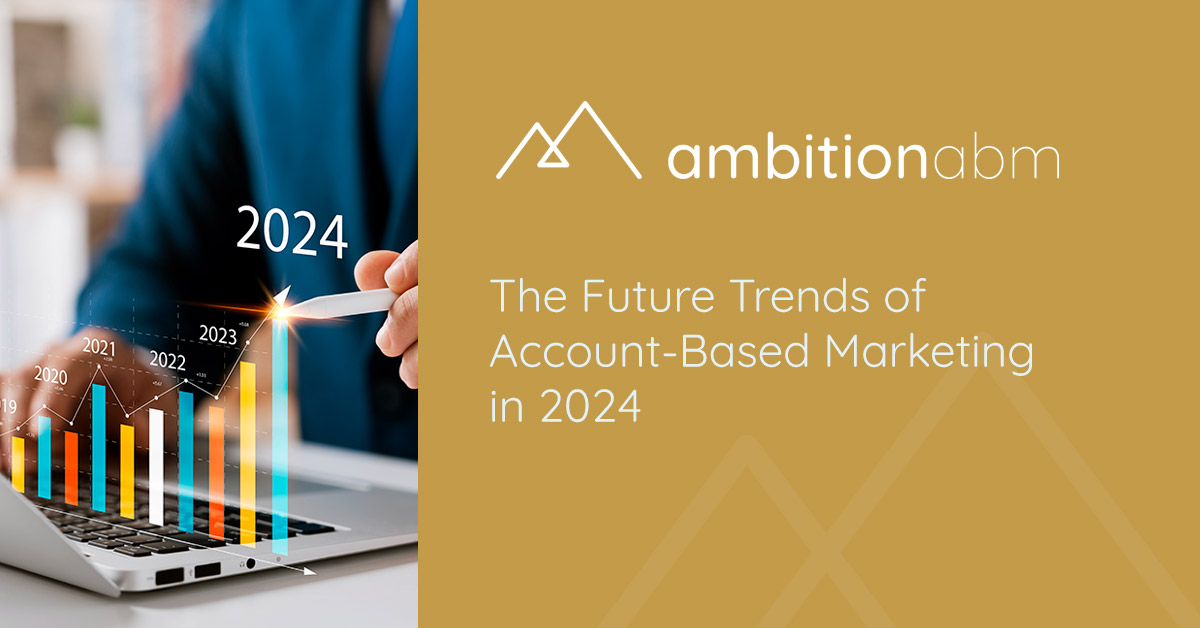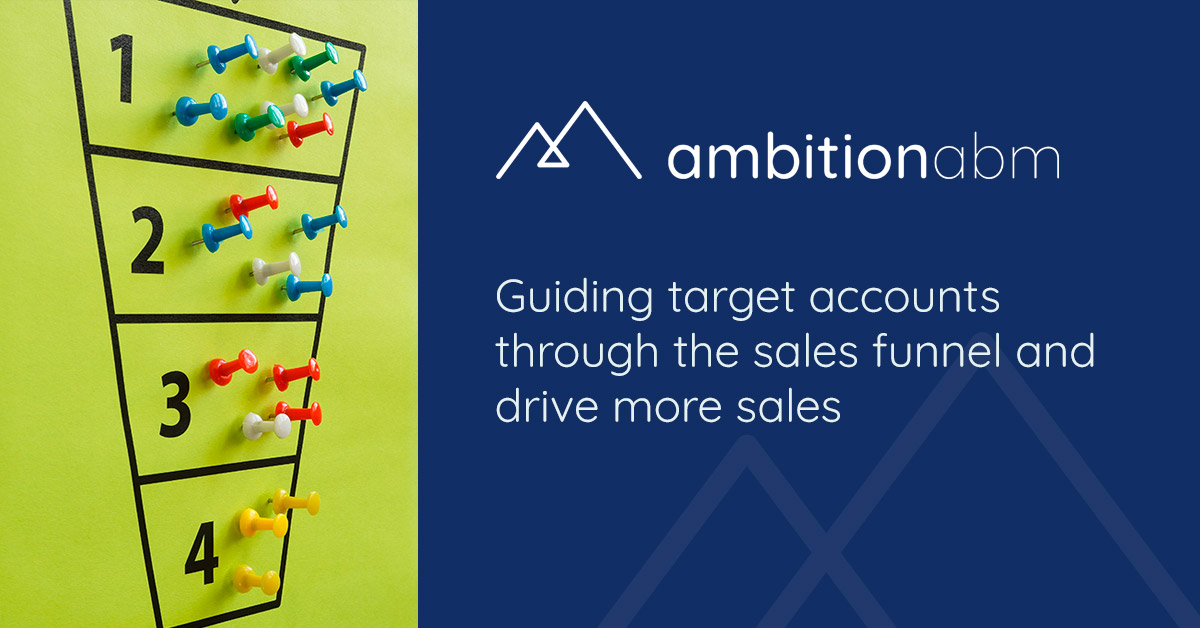A happy new year to you all! What a year it had been.
2021 was a year in which we faced continuous change both within and outside of the marketing industry.
From hybrid working continuing to become more commonplace, to cost reductions across the board, we saw a number of changes that had been influenced by the COVID-19 pandemic. These trends don’t seem to be going away any time soon, with only 11% of respondents in a TravelPerk survey (2021), stating that they will go back to the office full-time.
However, as we arrive in a new year, there are also going to be some more account-based marketing (ABM) specific trends, in addition to these wider industry themes, that will shake up the approach.
So, what are some of the trends to look out for in 2022?
The merge of ABM and demand generation:
For many years, ABM and demand gen have often been segregated. Yet, in 2022, we may actually witness an amalgamation of the two approaches.
By automating somewhat simpler tasks, this allows the ABM teams to focus more of their time on perfecting their strategy and messaging.
A shift from leads to more insight-driven sales opportunities:
Intent data platforms have been a popular method for many ABM programmes: and they are likely to continue to thrive in 2022, with over 70% of B2B marketers predicted to use intent data to better their ABM approach this year (Gartner, 2020).
Using intent data or AI tools, this can help clients to detect surges of engagement within their most desired key accounts. By tapping into buyer behaviour, this will strengthen your strategy and messaging, making it even more tailored to the accounts you want to win.
The rise of IP advertising:
The news that third-party cookies were going to end earlier in 2021 sparked a number of debates and questions. For ABM, it led marketeers to question how the absence of these cookies were going to impact ABM strategies and personalisation, as well as the way in which we target key buyers.
However, as one third-party cookie door closes, a zero wastage one opens. IP advertising instead is likely to be the choice when it comes to targeted marketing. Its compliance to privacy and ability to send personalised ads to both known and unknown buyers, is a great transition out of third-party cookies.
It also allows zero-wastage and continues the ‘always on’ ideal approach to targeted ABM.
A more omnichannel approach to ABM:
As the hybrid approach to working continues to prevail, even nearly 2 years on from the start of the pandemic, this still provides the opportunity for marketeers to target buying group members with highly tailored messaging wherever and whenever.
Using an omnichannel approach, marketeers will share their messaging across numerous outputs. They may even find themselves using platforms for ABM, that up until now have been typically unconventional for B2B marketing, including Instagram, Facebook and even TikTok.
With these digital platforms continuing to grow, this may open up opportunity to increase brand awareness and target new accounts and decision makers in a more modern way.
However, even with these emerging trends, this won’t distract us here at AmbitionABM from our focus to continue to accelerate the relationships that matter, in 2022. In fact, some of these new trends may just help us, more than hinder.
What are the common trends that you are expecting to see in 2022?
Looking for help with your ABM in 2022 then contact us here
